Higher classification Inoceramidae Rank Genus | Order Praecardioida Scientific name Inoceramus Subclass Cryptodonta | |
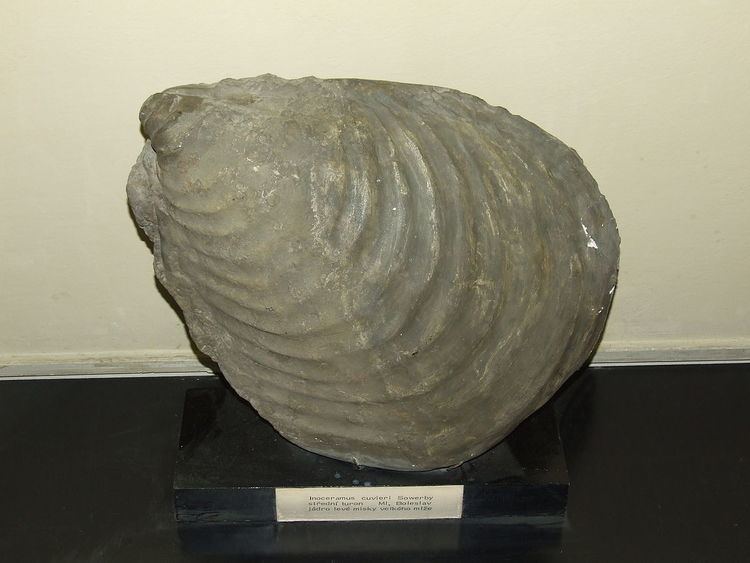 | ||
Similar Inoceramidae, Scaphites, Baculites, Exogyra, Platyceramus | ||
Friday fossil mystery ep 31 inoceramus bivalve
Inoceramus (Greek: translation "strong pot") is an extinct genus of fossil marine pteriomorphian bivalves that superficially resembled the related winged pearly oysters of the extant genus Pteria.
Contents
- Friday fossil mystery ep 31 inoceramus bivalve
- Inoceramus paleontology
- Taxonomy
- Distribution
- Description
- References
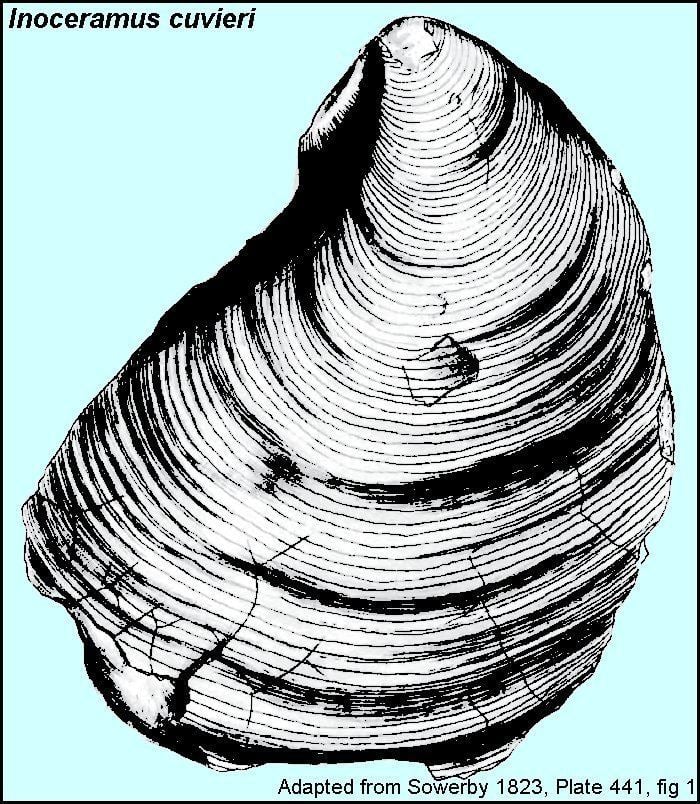
Inoceramus paleontology
Taxonomy
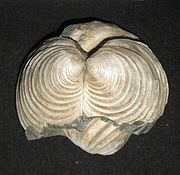
The taxonomy of the inoceramids is disputed, with genera such as Platyceramus sometimes classified as subgenus within Inoceramus. Also the number of valid species in this genus is disputed.
Distribution
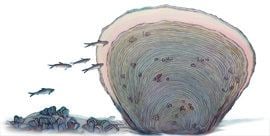
Species of Inoceramus had a worldwide distribution during the Cretaceous and Jurassic periods (from 189.6 to 66.043 Ma). Many examples are found in the Pierre Shale of the Western Interior Seaway in North America. Inoceramus can also be found abundantly in the Cretaceous Gault Clay that underlies London. Other locations for this fossil include Vancouver Island, British Columbia, Canada; Texas, Tennessee, Kansas, California and Alaska, USA; Spain, France, and Germany.
Description
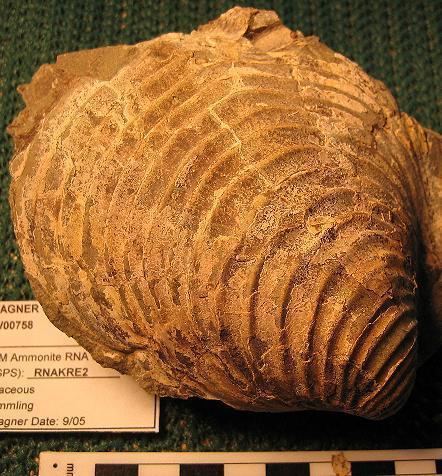
Inoceramids had a thick shell paved with "prisms" of calcite deposited perpendicular to the surface, which gave it a pearly luster in life. Most species have prominent growth lines which appear as raised semicircles concentric to the growing edge of the shell. Paleontologists suggest that the giant size of some species was an adaptation for life in the murky bottom waters, with a correspondingly large gill area that would have allowed the animal to survive in oxygen-deficient waters.
